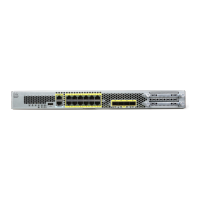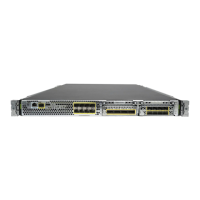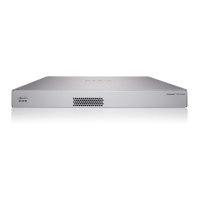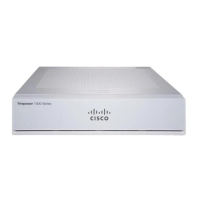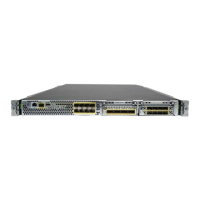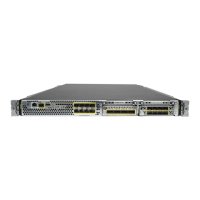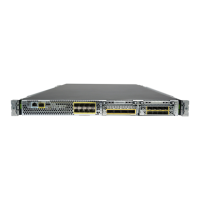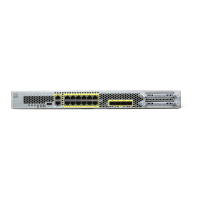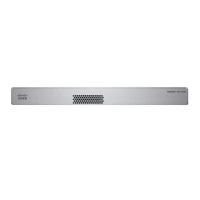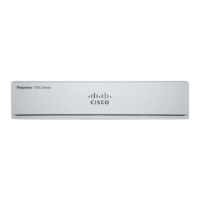CHAPTER
37-1
Cisco Security Appliance Command Line Configuration Guide
OL-10088-01
37
Configuring WebVPN
This chapter includes the following sections:
• Getting Started with WebVPN, page 37-1
• Creating and Applying WebVPN Policies, page 37-14
• Configuring WebVPN Tunnel Group Attributes, page 37-16
• Configuring WebVPN Group Policy and User Attributes, page 37-16
• Configuring Application Access, page 37-17
• Configuring File Access, page 37-21
• Configuring Access to Citrix MetaFrame Services, page 37-23
• Using WebVPN with PDAs, page 37-24
• Using E-Mail over WebVPN, page 37-25
• Optimizing WebVPN Performance, page 37-27
• WebVPN End User Setup, page 37-31
• Capturing WebVPN Data, page 37-49
Getting Started with WebVPN
WebVPN lets users establish a secure, remote-access VPN tunnel to a security appliance using a web
browser. Users do not need a software or hardware client.
WebVPN provides secure and easy access to a broad range of web resources and web-enabled
applications from almost any computer on the Internet. They include:
• Internal websites
• Web-enabled applications
• NT/Active Directory file shares
• E-mail proxies, including POP3S, IMAP4S, and SMTPS
• MS Outlook Web Access
• MAPI
• Application Access (that is, port forwarding for access to other TCP-based applications)

